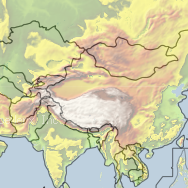 It’s been a while since I last posted on my blog! Very excited to be back =D. The fall university semester went by quickly due to an onslaught of projects, tests and my undergraduate thesis, which I am proud to say that I survived and completed with honours. This semester I started working for Dr. Claus Rinner (my thesis supervisor) on a web mapping application that utilizes some of the data from my thesis. All in all, a busy year for me at the university!
It’s been a while since I last posted on my blog! Very excited to be back =D. The fall university semester went by quickly due to an onslaught of projects, tests and my undergraduate thesis, which I am proud to say that I survived and completed with honours. This semester I started working for Dr. Claus Rinner (my thesis supervisor) on a web mapping application that utilizes some of the data from my thesis. All in all, a busy year for me at the university!
Today I would like to take some time and introduce the power of jQuery, specifically the UI slider element. Continue reading »

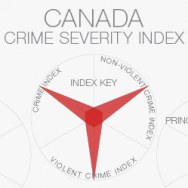
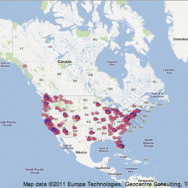 Not unlike other superstores around the world, Costco’s presence has had somewhat of a profound impact on our consumeristic lives. The ability to purchase goods at larger than normal quantities, sometimes well below average retail value, makes it an attractive shopping experience. The first Costco opened in San Diego, California, 1976. It’s growth shows wildfire-like spread throughout the United States west coast. It is only in the mid-to-late 90’s which show remarkable expansion of Costco locations to central and eastern United States..
Not unlike other superstores around the world, Costco’s presence has had somewhat of a profound impact on our consumeristic lives. The ability to purchase goods at larger than normal quantities, sometimes well below average retail value, makes it an attractive shopping experience. The first Costco opened in San Diego, California, 1976. It’s growth shows wildfire-like spread throughout the United States west coast. It is only in the mid-to-late 90’s which show remarkable expansion of Costco locations to central and eastern United States..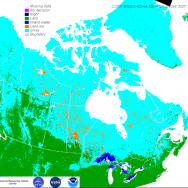
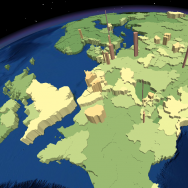
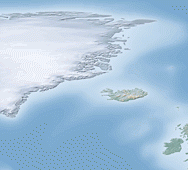
 A week was spent in Montréal, wining, dining and exploring both old and new. While there, Heather and I had the opportunity to do some geocaching. Not only was this a new experience for Heather, it was also the first time I had been out geocaching in almost 10 years. Only now do I remember how frustrating it can be when you can’t find any of the geocaches you have set out to look for. Heather and I managed to locate 1 of 7 geocaches during our trip and we took pleasure out of finding it in the middle of a concrete jungle.
A week was spent in Montréal, wining, dining and exploring both old and new. While there, Heather and I had the opportunity to do some geocaching. Not only was this a new experience for Heather, it was also the first time I had been out geocaching in almost 10 years. Only now do I remember how frustrating it can be when you can’t find any of the geocaches you have set out to look for. Heather and I managed to locate 1 of 7 geocaches during our trip and we took pleasure out of finding it in the middle of a concrete jungle.
 After having seen the many iterations of the global connectivity map, I have decided to give it a try myself. The maps are being produced using
After having seen the many iterations of the global connectivity map, I have decided to give it a try myself. The maps are being produced using 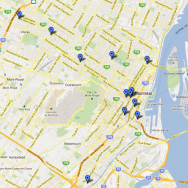 As our trip to Montréal nears, Heather (my girlfriend) and I have been studiously keeping track of the places that we would like to explore. One thing is for sure, we are going to be more than prepared because we are using google fusion tables. May it be a raved about restaurant or a grocery store that is closest to our hotel, we have every place of interest accessible online as a map or in tabular format.
As our trip to Montréal nears, Heather (my girlfriend) and I have been studiously keeping track of the places that we would like to explore. One thing is for sure, we are going to be more than prepared because we are using google fusion tables. May it be a raved about restaurant or a grocery store that is closest to our hotel, we have every place of interest accessible online as a map or in tabular format.